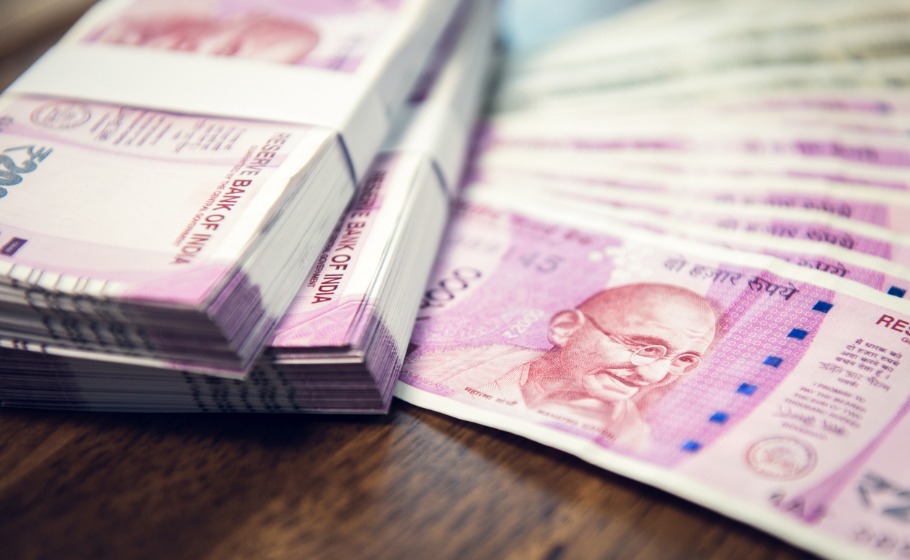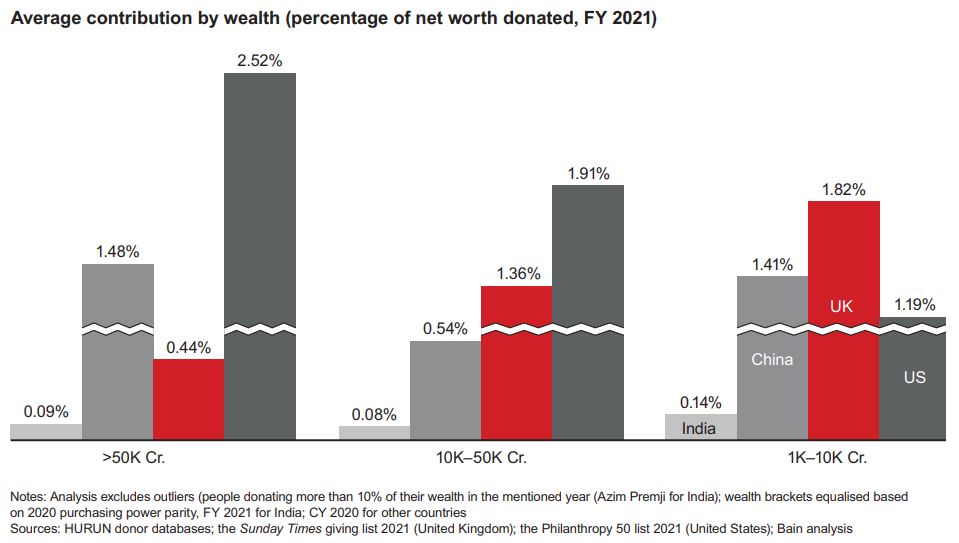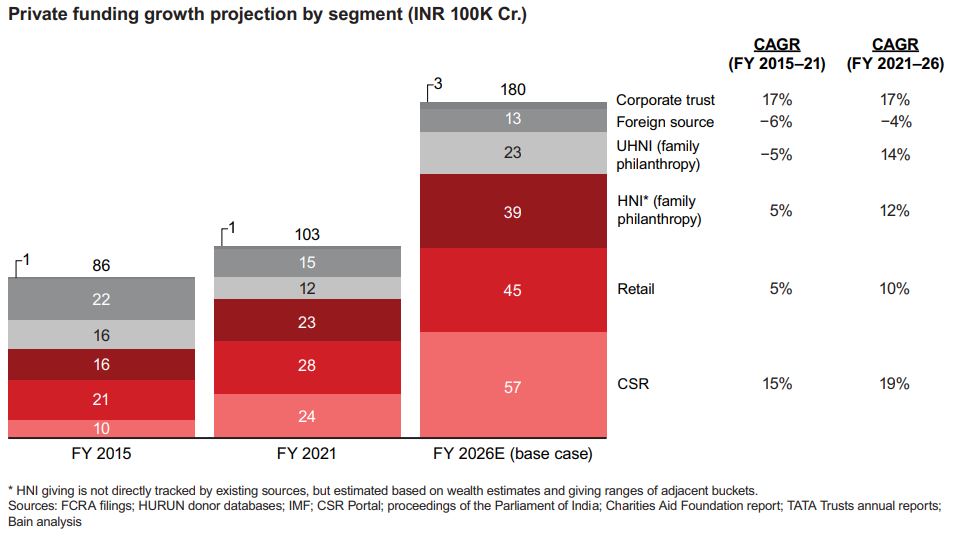
India's ultra-rich amassed wealth during COVID, donated little: report
Over the recent years, overall private giving, both domestic and foreign, has stayed relatively flat, according to the India Philanthropy Report 2022

The COVID pandemic pushed more than 200 million Indians into poverty but the country’s ultra-rich increased their wealth during the period and contributed less to philanthropy, according to the India Philanthropy Report 2022 (IPR).
Over the last two years, though absolute ultra-high-net-worth individual (UHNI) donation has increased, giving as a percentage of net wealth (excluding Azim Premji) has declined, the report, published by global consultancy firm Bain and Company and strategic philanthropy organisation Dasra, said.
One reason is a steep increase in the wealth of UHNIs since the pandemic began. The number of individuals with a wealth of more than Rs 1,000 crore increased by approximately 20%, from 828 in FY 2020 to more than 1,000 in FY 2021, while their cumulative net worth increased by approximately 50%, from approximately Rs 60 lakh crore to approximately Rs 90 lakh crore in the same period, it added.

This trend was even more evident within the top wealth bracket, as the cumulative wealth of UHNIs in the more than Rs 50,000 crore bracket rose by approximately 80% compared with an approximately 45% and approximately 30% rise in the Rs 10,000 to Rs 50,000 and Rs 1,000 to Rs 10,000 crore brackets, IPR said.
Compared with China, the UK, and the US, Indian HNIs donate substantially fewer across all wealth brackets.
The report said that the total social sector expenditure in India saw a 12% annual growth from Rs 10 lakh crore to Rs 17.5 lakh crore over the last five years. However, gaps remain. The financial year 2021 witnessed a 20% jump in total expenditure due to increased government expenditure.
Also Read: At $49 billion, Adani added more wealth than Musk, Bezos and Arnault
With the total supply of funds at an average of seven per cent of GDP in recent years (8.3% in 2021, however), India is still short of NITI Aayog’s estimation of the total annual funds needed (approximately 13% of the GDP) to achieve its UN SDG commitments by 2030. The result is a deficit of Rs 8 lakh crore for FY 2021 and Rs 10 lakh crore for FY 2026 if the same trajectory continues.
India’s social sector expenditure as a percentage of GDP is less than neighbouring countries and other countries, such as Brazil, Russia, India, and China. The glaring deficit of social sector funding in India must be plugged. With state finances negatively affected because of the pandemic and government debt increasing, private philanthropy must realise its full potential and play a crucial role in bridging the gap, the report said.

Over the past few years, overall private giving (domestic and foreign) has stayed relatively flat, while private domestic giving has grown at a moderate pace (8% to 10% year over year [YOY]).
Corporate social responsibility (CSR), family philanthropy (ultra-high-net-worth individuals [UHNIs] and HNIs), and retail giving cumulatively contribute about 84% of the total private philanthropic capital in India.
In the next five years, the report observed that the total private philanthropic funding in India is estimated to grow at approximately 12% annually, riding on robust growth in the three main segments: CSR, family philanthropy (UHNI and HNI), and retail.
CSR, driven by the 2% mandate, has grown at 15% annually in the past seven years, with its share in total private giving growing from approximately 12% in fiscal year (FY) 2015 to 23% in FY 2021.

In India, CSR activities have seen an upward trend, which is reflected in the increase in donations. From Rs 10,066 crore in FY 2015 to an expected Rs 23,665 crore in FY 2021, the segment has shown a robust compound annual growth rate (CAGR) of 15% in the past seven years.
“As key stakeholders in the development of India, corporates can do more. I believe there is room to have progressive tax slabs in CSR, just like our income tax structure. A company making Rs 10,000 crore in profit can certainly give more than 2%,” Pradeep Bhargava, Confederation of Indian Industry, was quoted as saying, in the report.

Family philanthropy has contracted overall. UHNI giving has decreased from the peak of 2016, while HNI giving has grown at a modest pace. Relative contributions (giving as a percentage of wealth) among Indian UHNIs range from 0.1% to 0.15% compared with 1.2% to 2.5% in the United States, 0.5% to 1.8% in the UK, and 0.5% to 1.4% in China.
Overall, however, family philanthropy is expected to grow at 13% per year until FY 2026, driven by increasing wealth and a rise in the number of technology entrepreneurs and NowGen philanthropists.
Retail giving in India has grown at a modest 5% annually from Rs 21,000 crore in FY 2015 to Rs 28,000 crore in FY 2021, but with the ballooning middle class and the sheer growth in the number of donors, retail giving is expected to grow at approximately 10% annually and contribute one-fourth of total private giving by FY 2026, the report said.
Family philanthropy is expected to grow at 12% to 14%, with both UHNI and HNI contributions blossoming.
Private philanthropy in India is poised to grow with the projected growth in the economy, a rise in the number of donors across the segment, and growth in income and wealth. Based on projections, CSR, retail, and family philanthropy are set to grow by approximately 10% to 14% in the next few years, the report said.


